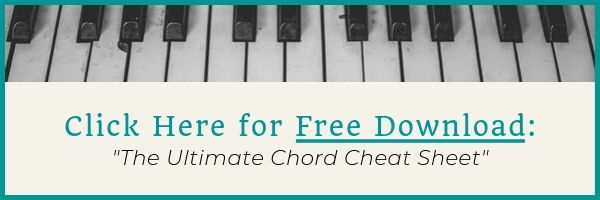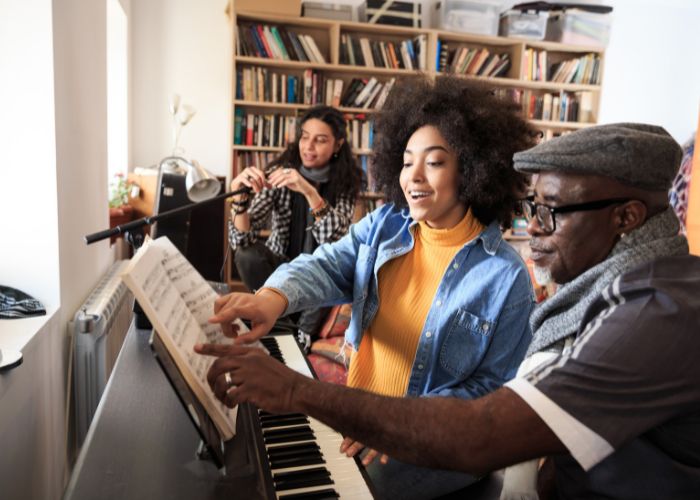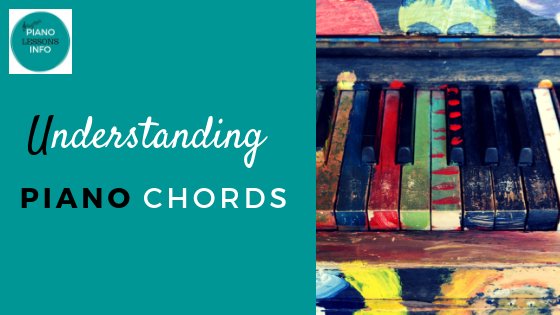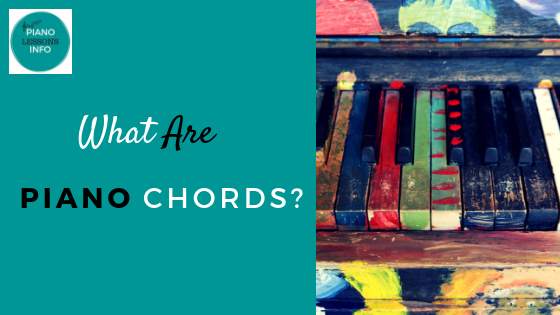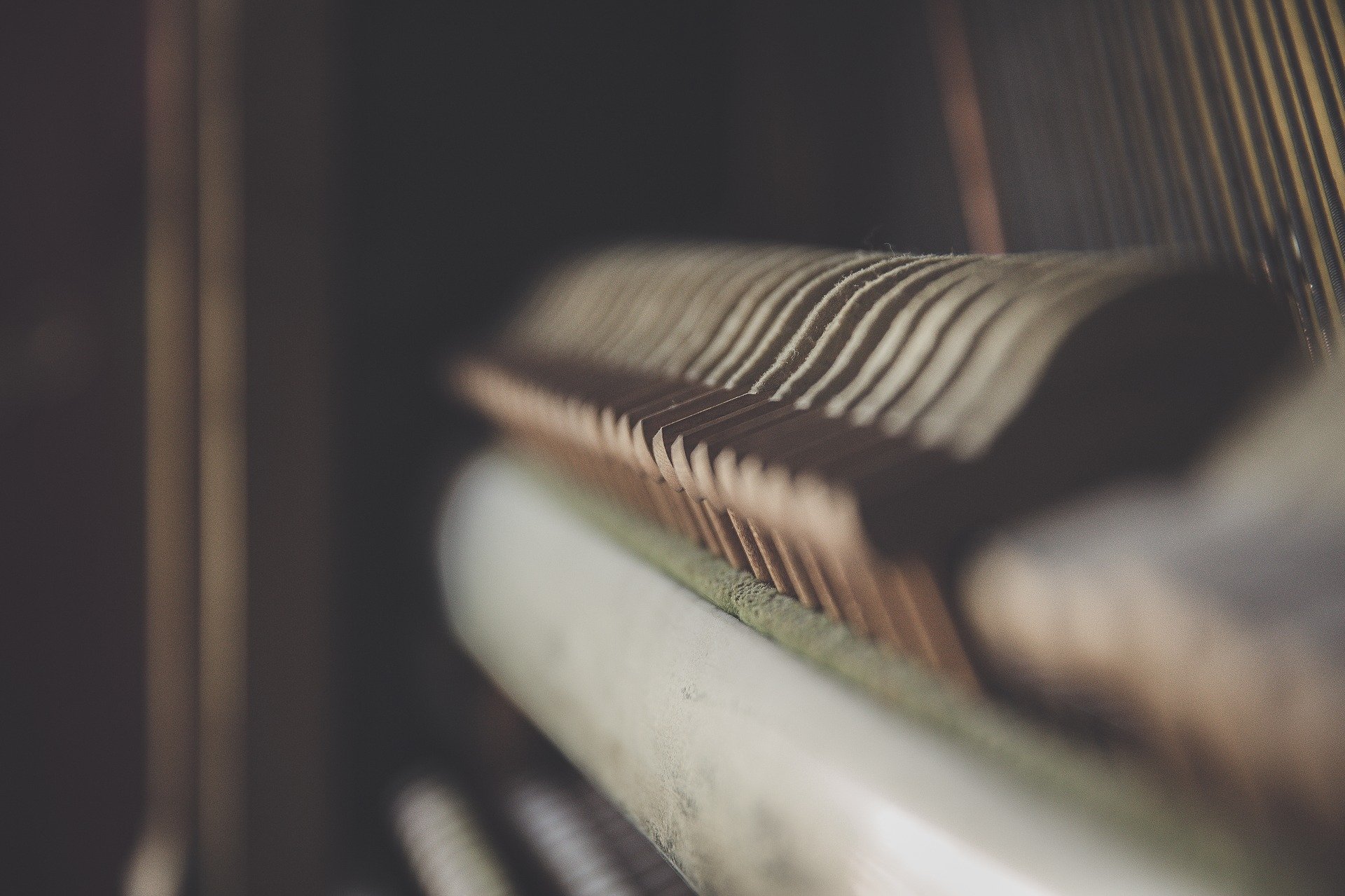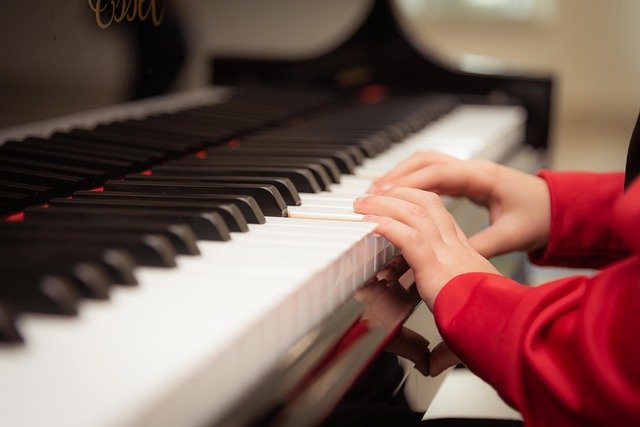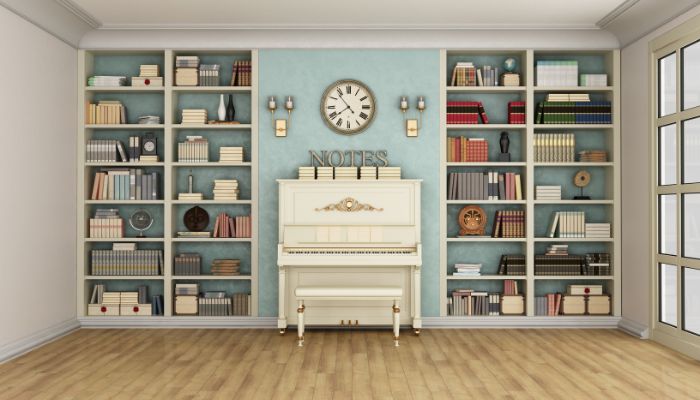The Best Piano Practice Routine for Beginners & Intermediates
Developing a great system for practice is really important not only for learning now, but sticking with your piano learning journey. Developing a great piano practice routine for beginners or intermediate players isn't one size fits all, but there are some important components that you'll want to include.
Before we start though, it's important to note that practicing the piano is not just about mindlessly playing through pieces or exercises. I'm sure that's not why you're learning anyway.
But practicing does require focused work and dedication. Let's get into what to include in your piano practice routine.
The Warm Up
Every good piano practice session starts with a warm-up. To begin your practice session, warm up your hands with technique. The technique you choose depends on your level and learning goals. You may want to include:
- major or minor scales - one or more that you know well
- a new scale that you're learning or getting faster
- chord triads / inversions
- arpeggios (for intermediates and advanced)
All of these will help you loosen up and prepare your fingers for playing. But let's get a little more specific as to what to practice.
Scales Warm Ups (5-15 minutes)
For beginners, you only need to do one basic scale and that could be the C major scale.
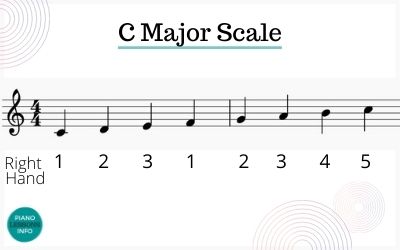 C major scale with finger numbers for right hand
C major scale with finger numbers for right hand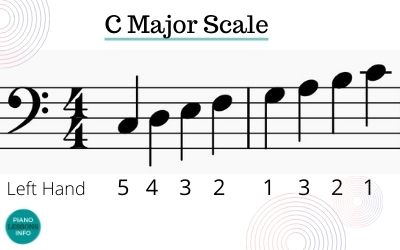 C major scale with finger numbers for left hand
C major scale with finger numbers for left handStart with going up only and if that is comfortable and easy enough, go back down again.
Then move onto a variety of major and minor scales. I'd suggest starting with scales that use basic scale fingering for beginners or major scales and minor scales that you don't know yet to extend your knowledge.
Use a metronome to track your speed so you can steadily improve.
Intermediates can play 2 octave scales - major scales and natural minor, harmonic minor and melodic minor scales.
Chords & Triad Warm Ups
To warm up with chords, choose a chord like the C major chord for beginners or chords you aren't so great at yet for intermediates. (The chord charts will help you here.)
Then play that chord in its inversions going up and back down again. Here is more on how to practice inversions.
This is the order of difficulty you can use:
- major and minor chords (triads)
- 7th chords (intermediate)
- 4 note major and minor chords (intermediate)
- minor 7th and major 7th chords if you're focused on learning chords (intermediate)
- diminished 7th chords (this is more advanced)
Arpeggio Warm Ups
Arpeggios are more intermediate to advanced and can be frustrating for beginners. I'd recommend focusing on scales and chords for beginners and leaving this section for further down the line.
Play arpeggios in simpler keys first (C, G, D, etc) and then move onto more difficult key signatures. You can learn more about arpeggios here.
Do this for both major and minor keys.
Remember for all technique that speed is not the goal here. Instead, concentrate on precision, even tempo, and clean sound.
Song / Repertoire Practice (15-45 minutes)
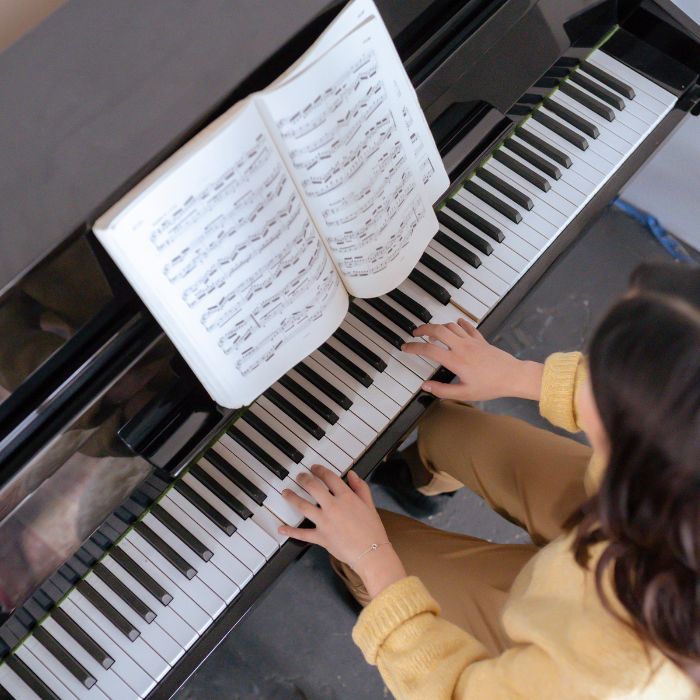
Now, it's time to focus on the pieces or songs you're learning.
Break your pieces into sections and focus on one section at a time if needed. Use slow practice, hands separately then together, to tackle challenging sections. Don't forget to spend time on interpretation, dynamics, and expression.
For beginners, your repertoire may be simple tunes or exercises from a method book.
Intermediates may have several pieces of varying difficulties in progress. Regardless, the key is to stay patient and to not rush through your pieces.
Theory / Homework (5-15 minutes)
If you are taking piano lessons, there's a good chance you're getting theory homework. So spend some time doing that.
If you are focused more on learning on your own, taking some time to practice naming notes and remembering what things are called is a great idea.
This isn't something you need to do every practice session. Once or twice a week would be a great amount.
Optional Extras for Your Best Piano Practice Routine for Beginners & Intermediates
Depending on what your piano goals are, there are a few things you could also include as part of a great piano practice routine. This all depends on if you want to be great at reading music, playing be ear, or improv.
Sight Reading (0-10 minutes)
One of the keys to becoming a proficient pianist is to become comfortable with sight-reading. To help with this, one optional part of your practice routine could be practicing sight-reading new material.
Beginners should start with simple pieces that stay within a five-finger position, while intermediates can challenge themselves with more complex pieces.
Try to play through the piece without stopping, even if you make mistakes. This builds the crucial skill of maintaining rhythm and tempo, even when the going gets tough.
You can get sight reading books or sight reading exercises to help you practice this. Or you can just try playing music you have around.
Playing By Ear (5-10 minutes)
Playing piano by ear is a skill the same as learning to read music. So if this is something you'd like to develop, take time to practice.
Pick a song, and try to play it. Either work on melody or trying to figure out a bass line or the chords.
Here is more on playing by ear.
Messing Around / Improv (5-10 minutes)
If playing by chords or learning jazz piano or blues is high on your priority list, give yourself some to just play around and make stuff up. It's the only way you'll get better at it and all you need to do is do it.
So give yourself some improv or musical exploration time.
Your Piano Practice Routine Doesn't Have to Be Perfect
Remember, while this piano practice routine for beginners is a great start, you don't need your practice to be perfect or exactly the same every time.
Maybe one day you'll want to play by ear and another do some theory work. Starting with a warm up - at least a small one, and then practicing a few songs or pieces are the foundational elements.
The most important thing to do is actually practice. If you can be consistent and keep going that is most important.
If you haven't done the scales challenge yet, that would be a great place to begin working on your technique.
Sign up for the scales challenge here. (It's free.)
FAQ for the Piano Practice Routine Article
How long should my total practice session be?
How long should my total practice session be?
Whatever you can achieve on a consistent basis. For beginners and kids, I often recommend 15 minutes per day up to 30 minutes. But the more time you give it, the faster you'll learn and the better you'll become. So keep that in mind.
At my most advanced stages, I practice between an hour and an hour and a half per day.
I'm a beginner, can I skip the sight-reading part?
I'm a beginner, can I skip the sight-reading part?
Yes, if you are at the beginning stages, everything is sight reading in a way. You are just learning to read notes or chords and everything is pretty new. So start this at the point you think it'll be helpful.
Why do we need a warm-up for piano practice?
Why do we need a warm-up for piano practice?
This helps your fingers to move faster and easier once you start playing the pieces or songs that you're working on. It's helpful.
I find theory boring. Is it really necessary?
I find theory boring. Is it really necessary?
Understanding music theory enhances your musicality, as it helps you understand the structure and patterns within the music. While it might seem tedious, a strong theoretical foundation will improve your playing and your ability to learn new pieces.
What if I can't identify the challenging sections in my repertoire practice?
What if I can't identify the challenging sections in my repertoire practice?
If you find it hard to identify the challenging sections, play through the piece a couple of times. The sections where you hesitate or make mistakes are usually the challenging ones that need more attention.
What type of pieces should I choose for my repertoire practice?
What type of pieces should I choose for my repertoire practice?
Choose pieces that you love and are appropriate for your level. Your teacher can help suggest pieces.
Can I swap the order of the activities in the practice routine?
Can I swap the order of the activities in the practice routine?
Yes, there is no right way but keep a warm-up section before you starting playing your pieces and songs. You can also do scales afterward if that is better but you do want a way to warm up.
If I only have a short time to practice, what should I focus on?
If I only have a short time to practice, what should I focus on?
If your time is short, focus on a little bit of technique - chords and scales - and then focus on your songs.
Free Download:
Ultimate Chord Cheat Sheet

Subscribe below and get free access to the (printable) Ultimate Chord Cheat Sheet.
Recent Articles
-
Piano Notes Chart
Nov 20, 23 10:21 PM
Find a piano notes chart for treble clef and bass clef notes as well as the different types of notes. -
D Chord on Piano + Diagram, How To & Theory
Oct 24, 23 12:20 AM
Learn how to play the D chord on piano with diagram, fingering, D/A, D/F# and a theory explainer. -
Diminished Piano Chords: Chart & How to Make Them
Oct 09, 23 09:23 PM
Learn the different diminished piano chords and how to make them. Here you'll find both a diminished chord chart and an explanation.
- Home
- Beginning Lessons
- Piano Practice Routine for Beginners
Free Download:
Ultimate Chord Cheat Sheet

Subscribe below and get free access to the (printable) Ultimate Chord Cheat Sheet.

